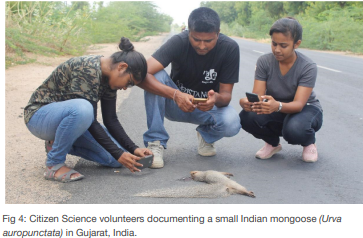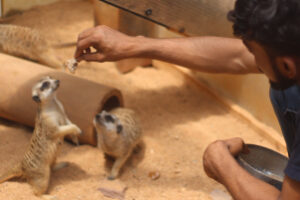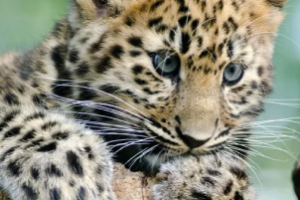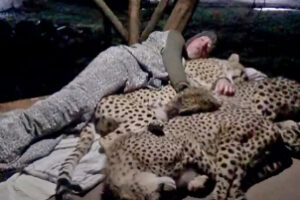
Short Communication: Wildlife Roadkill Mitigation in India
Authors: Soham Mukherjee
Submitted: 29. October 2022
Published: 13. March 2023
Volume: 10
Issue: 2
Affiliation: Life Science Education Trust, Bengaluru, India; NAJA India,
Ahmedabad
Languages: English
Keywords: Wildlife Roadkill, Habitats, Human-wildlife Interactions
Categories: News and Views, Life Sciences
DOI: 10.17160/josha.10.2.857
Abstract:
Roadkill appears to be unavoidable wherever wildlife habitat and roadways intersect. The effects of wildlife roadkill on native animal populations can be significant, and understanding the causes and patterns of roadkill is required for effective management intervention. Monitoring wildlife roadkill can provide much broader ecological knowledge, such as species distributions, population dynamics, and behaviour, as well as informing us about the health of the species and the environment.
Roadkills are vastly underreported and underestimated, despite posing a significant threat to wildlife (Donaldson, 2017; Ogletree & Mead, 2020). Landscapes are
changing so quickly that resident wildlife does not have time to adapt (Huijser et al., 2017). Village access roads are being converted to tar roads, local roads are
becoming highways, and new irrigation canals are being built, fragmenting habitats. All of this is happening far too quickly and far too frequently leading to wildlife roadkills, including vulnerable and endangered species. In some cases, a significant reduction in the population size of species subject to high roadkill rates results in biodiversity loss (Forman & Alexander, 1998; Silva et al., 2020).
There is a bias toward reporting and documenting more charismatic species, leaving less charismatic but equally important species undocumented (Périquet et
al., 2018). There is an urgent need to reduce roadkill incidents by studying roadkills, quantifying their impact, studying commuter behaviour, erecting signboards in strategic locations, educating local communities, and implementing mitigation measures that include multi-stakeholder participation.
Wildlife uses roads to move from one part of the habitat to another for biological and ecological reasons (Fahrig & Rytwinski, 2009; Forman & Alexander, 1998).
Needs can be as simple as finding food or water, finding shelter, or looking for a mate (Kreling et al., 2019). During cold days, reptiles frequently use warm roads to thermoregulate and are killed (Garrah et al., 2015; Garriga et al., 2012; Jochimsen et al., 2004; Meek, 2009). According to research, some species react to moving vehicles in the same way they do when they recognise a predator in their natural environment. The observed reactions are to stop the crossing and remain motionless (with variable immobilisation time) or to accelerate, completing the crossing to the other side of the highway quickly (Andrews & Jochimsen, 2007; Jochimsen et al., 2004).
The majority of roadkills are reptiles and amphibians, but small mammals and birds are also common victims (Heigl et al., 2017). During the monsoons, the number of roadkills in some areas is extremely high because roads are built higher than open lands that become water-logged. These are the high, dry lands that herps mistake for safe refuge.
Some standard mitigation measures, such as speed limits, warning sign boards, speed bumps, etc., may be effective, but multi-stakeholder engagement based on solid, inclusive research is necessary.
14.Silva, I., Crane, M., & Savini, T. (2020). High roadkill rates in the Dong Phayayen-Khao Yai World Heritage Site: Conservation implications of a rising threat to wildlife. Animal Conservation, 23(4), 466–478.




